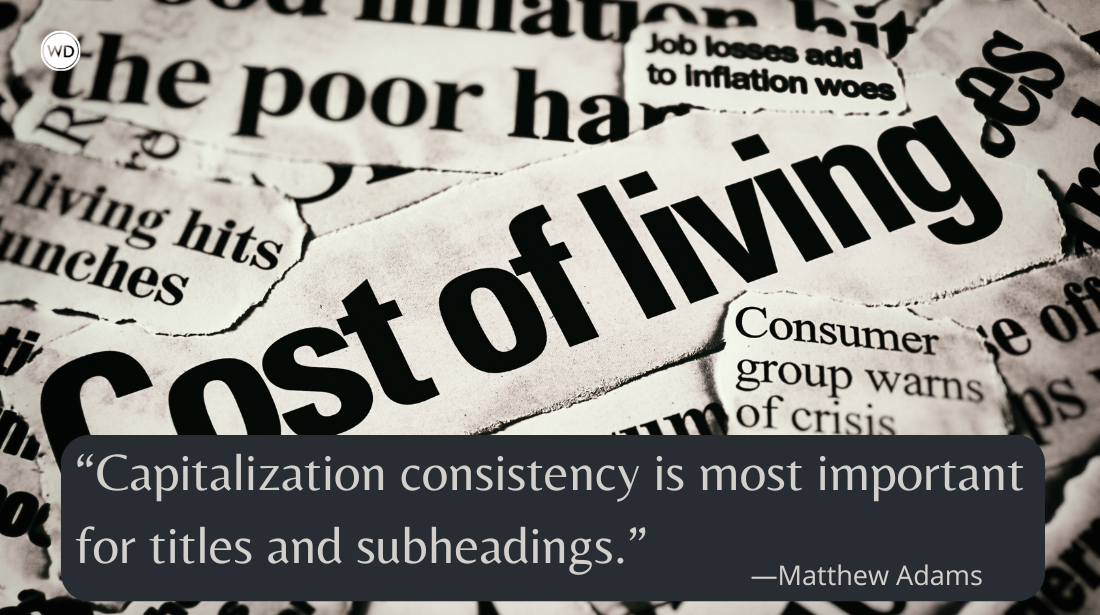5 Tips for Writing Workplace Fiction
Author Lorna Graham shares five tips for writing more compelling (and believable) workplace fiction that readers love.
The workplace is where we spend a third of our lives. It’s a den of ambition and competition packed with allies and adversaries. It’s also unnatural in many ways: The suffocating proximity to those you may have nothing in common with, the forced “caring” about goals you may find boring or even destructive. Everyone’s putting on a performance of sorts.
In short, the workplace is a potential goldmine of conflict and stakes, one that relatively few authors choose to take on. So if you’re sitting in your office chair or standing on the factory line, wondering at the everyday drama and strangeness of it all, and contemplating turning it into fiction, here are a few things to keep in mind.
Have something to say
Tempting as it may be, don’t write a book simply to go after your lazy boss or credit-stealing colleague. Working out a grudge doesn’t itself make for good art. But if you want to explore something larger about a particular industry, the times we’re living in, or the human condition, the office can afford plenty of avenues to tackle it. Remember, though, just like any other kind of fiction, you need three-dimensional characters with clear motivations, a compelling theme, compelling conflict and a satisfying resolution.
Dramatize, but don't shrug off all banality
While you’re creating your fictional workplace and peopling it with memorable characters, save a little room for the boring. Texture provides contrast, and contrast is interesting. It’s the stained carpeting and limp catered sandwiches that make the cutthroat competition and devious scheming pop.
Try to see your workplace through a stranger's eyes
Pretend you’re an alien. Imagine you know nothing about this world and are entering it for the first time (much as your reader probably will be). Notice everything. What is the vibe? The history? Mores? Culture? Language? Values? Imagine your co-workers away from the office and think about how the workplace affects and changes them. This will provide inspiration for your story and also keep it relatable even to someone who knows nothing about your industry.
Determine the level of detail you need
Creating a believable workplace doesn’t mean an exhaustive account of its nuts and bolts. We probably don’t need to know what kind of toner they use in the printer (unless it’s a thriller about the murder of the toner-delivery guy). Don’t feel you need to prove your expertise about insurance sales, teaching, or construction by reciting a list of facts about actuarial tables, class size, or OSHA violations. Include enough detail to make the place feel authentic and to highlight the particulars that matter for your protagonist’s journey, and no more.
To spoof or not to spoof?
Some great novels have been written that skewer office life and you could argue they’ve garnered the lion’s share of attention to workplace fiction. And why not? Plenty of industries and businesses deserve to have their absurdities explored. But consider dealing with the workplace as it actually is—how we really experience it. Not to say leave all humor out. But by creating a realistic, relatable office environment, you could help readers navigate their own work lives as well as provide them with an entertaining read.
Check out Lorna Graham's Where You Once Belonged here:
(WD uses affiliate links)









